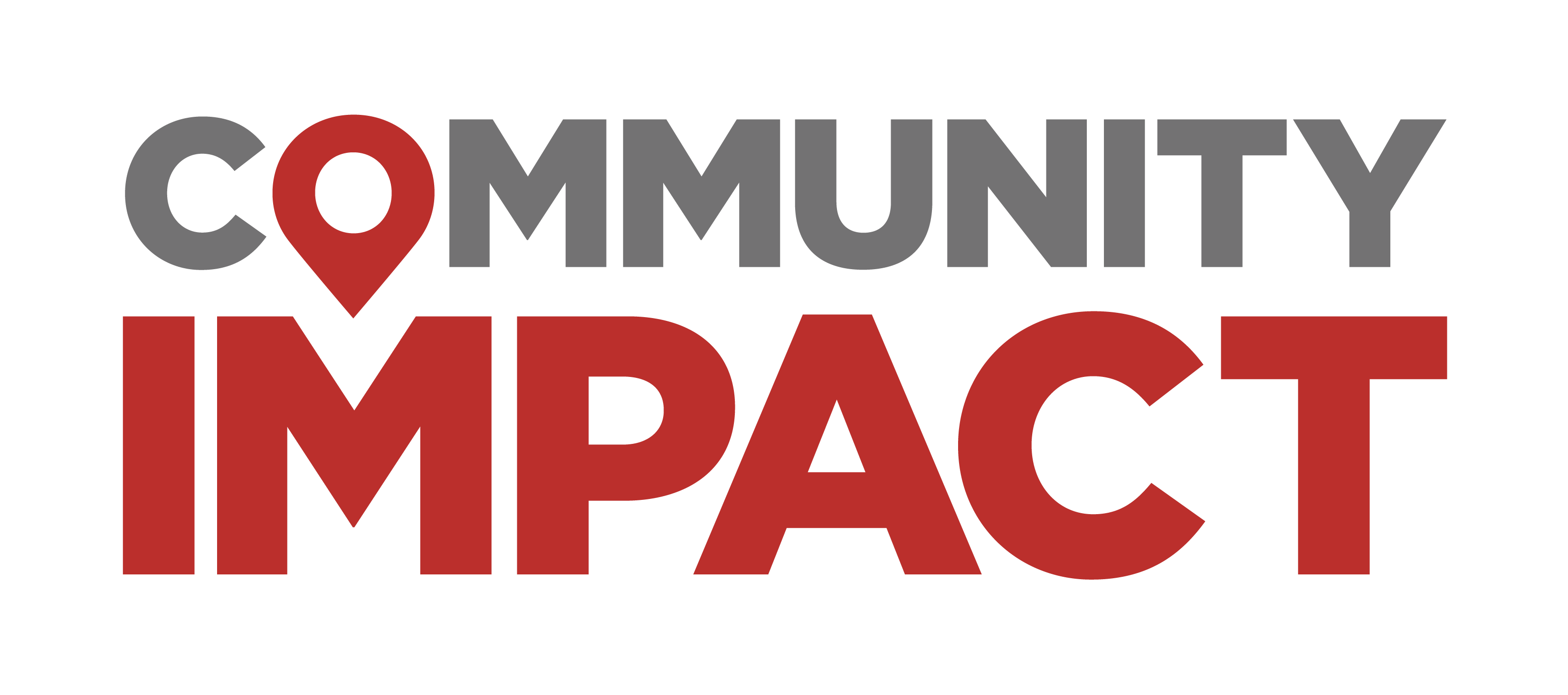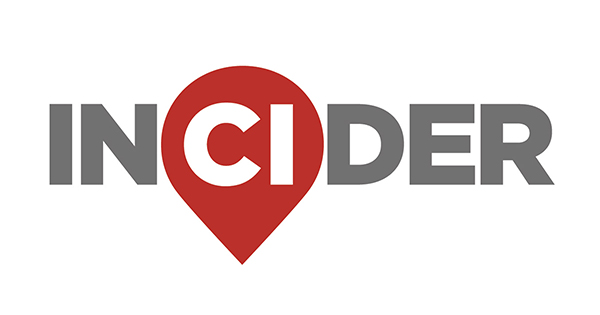What happened?
Officials from the city, county, state, and Zipline Drone Delivery and Logistics held a ribbon cutting ceremony Nov. 4 for the new service. State Rep. Keresa Richardson placed the first order for drone delivery during the ceremony.
The service launch comes months after McKinney City Council members approved zoning for drone delivery infrastructure at the store in April. Zipline is partnering with Walmart to launch drone delivery services at stores across the Dallas-Fort Worth metroplex.
Zipline co-founder and CEO Keller Rinaudo Cliffton said he expects McKinney to be the fastest growing Zipline site they’ve launched. At launch, drones will only deliver to addresses within a 2-mile radius, but that radius is expected to expand in the future, according to officials.
“We’ll have to see, but I think that the future is really really bright, and we’re incredibly excited,” Cliffton said.
Richardson said drone delivery will be “transformative” for the community. The technology makes McKinney even more unique, she said, referencing the city's tagline, "Unique by Nature."
“We have something that other cities don’t have: the ability to have something dropped on your porch 15 minutes from the time you order it,” Richardson said.
Richardson placed an order for a bottle of honey. Within minutes, the honey was loaded onto a Zipline drone, and it was delivered to Richardson in the same parking lot.
How it works
Zipline drones are fully autonomous. They can carry up to 8 pounds and deliver within a 10-mile radius at speeds of up to 70 mph.
The delivery system consists of a drone and delivery droid, which lowers a customer’s order on a tether. The drone has a 3-foot delivery radius, and customers can choose where their deliveries will land.
Eric Watson, head of safety and systems engineering, said Zipline drones have flown 120 million autonomous miles with no safety events.
“The way we do that is by designing layers of safety into our systems,” he said. “That's across software, operational protocols, redundant hardware and in-flight every [drone] every second does over 500 safety checks.”
If one of those checks determines a safety issue, the drone will automatically take the safest course of action, Watson said.
“That could be cancelling the delivery and coming back to land sooner,” he said. “It could be flagging to the maintenance team that something needs to be inspected or replaced and in the event that these safety systems determine the safest thing to do is to immediately exit the airspace, then the [drone] will deploy a safety parachute and come floating down to the ground.”
In the event that there is a safety parachute deployment, there’s an audible alarm that sounds notifying people on the ground that the drone is coming down, Watson said.
Learn more
Residents living within the 2-mile delivery radius can place orders for drone delivery through the Zipline app. To learn more about Zipline and drone delivery, visit www.zipline.com.








